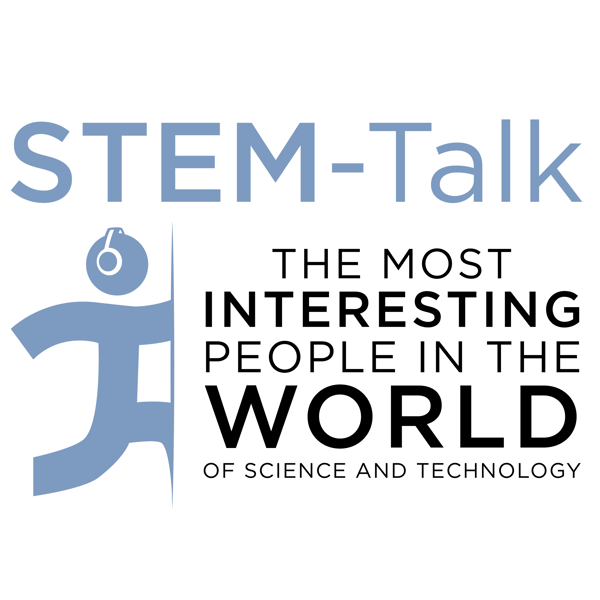Episode 106: Francisco Gonzalez-Lima talks about brain metabolic mapping and Alzheimer’s
STEM-Talk
Dawn Kernagis and Ken Ford
4.6 • 694 Ratings
🗓️ 29 April 2020
⏱️ 54 minutes
🧾️ Download transcript
Summary
Transcript
Click on a timestamp to play from that location
| 0:00.0 | Welcome to STEM Talk. |
| 0:01.2 | Stem Talk. |
| 0:01.4 | Stem Talk. |
| 0:03.3 | Stem Talk. |
| 0:05.5 | Welcome to Stem Talk, where we introduce you to fascinating people who passionately inhabit the scientific and technical frontiers of our society. |
| 0:14.1 | Hi, I'm your host, Don Kornegas, and joining me to introduce today's podcast as a man behind the curtain, Dr. Ken Ford, HMC's director and chairman of the |
| 0:21.8 | double secret selection committee that selects all the guests who appear on STEM Talk. |
| 0:25.1 | Hi, Dawn. Great to be here. Our guest today is Dr. Francisco Gonzalez Lima. He is a professor |
| 0:31.6 | in the departments of psychology, psychiatry, pharmacology, and toxicology, and the Institute |
| 0:37.4 | for Neuroscience at the University of Texas at Austin. |
| 0:41.1 | So Francisco describes himself as a behavioral neuroscientist. |
| 0:44.2 | He and his colleagues at the Gonzalez-Lima Lab are recognized as world leaders for their research on the relationship |
| 0:49.2 | between brain energy, metabolism, memory, and neurobehavioral disorders. |
| 0:53.6 | So we covered a lot of ground in our |
| 0:55.1 | discussion with Francisco and have divided his interview into two parts. Today's interview focuses |
| 0:59.8 | on his fascinating background as a youth as well as his research into Alzheimer's disease and brain |
| 1:04.6 | metabolic mapping. The second part of our interview covers two interventions that Francisco |
| 1:09.4 | explored with the aim of protecting people against neurodegeneration, |
| 1:13.5 | low-dose methylene blue and the application of near-infrared light. |
| 1:17.5 | And although he has spent most of his academic career at the University of Texas, |
| 1:20.9 | Francisco has been a visiting neuroscientist in Germany, England, Canada, Spain, |
| 1:25.9 | and has delivered more than 120 lectures around the world |
... |
Please login to see the full transcript.
Disclaimer: The podcast and artwork embedded on this page are from Dawn Kernagis and Ken Ford, and are the property of its owner and not affiliated with or endorsed by Tapesearch.
Generated transcripts are the property of Dawn Kernagis and Ken Ford and are distributed freely under the Fair Use doctrine. Transcripts generated by Tapesearch are not guaranteed to be accurate.
Copyright © Tapesearch 2025.

